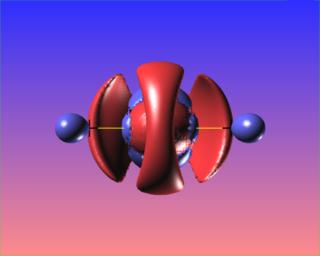Bio-geochemical
Cycles
Quiz I
Ecosystem
Problem set I
Ecology Test
Test 1 Test 2
Test 3 Test
4
Test 5 Test
6
Test 7 Test
8
Test 9 M/C
Energy Calculation
Quiz 1 Quiz 2
Human Ecology
Quiz 1 Quiz
2
Quiz 3
Population Dynamics
Quiz 1 Quiz
2
Quiz 3 Quiz
4
Quiz 5 Quiz
6
Review
|
|
Given values for this test: Amount of light hitting the ground:32 000 kJ per m2 per day
Amount of energy per gram of dry biomass: 18 kJ per gram
- A person with a lawn measuring 20 m by 100 m cuts 40 kg of biomass (grass) every five days. The grass is 20% moisture, 80% dry mass. What is the total energy content of the grass?
- Gran Ollabar grows lettuce organically. Her farm measures 10 m by 10 m. In 100 days she produces 5 kg of (dry) lettuce.
a) How much light energy hit her farm? [4]
b) How much energy did she capture in her plants? [4]
c) What is the overall efficiency (%) of her farming? [4]
- Nora Spectferus grows lettuce on a farm measuring 10 m by 10. By using fertilizers, she produces 20 kg of lettuce in 100 days. However she uses 2000 kcal of extra energy for gas and 10 000 kcal of extra energy to produce the
fertiliser.
a) How much light energy hit her farm? [1]
b) How much total energy did she use to grow the plants? [1]
c) How much energy did her plants capture? [1]
d) What is the overall efficient of energy capture (transfer). [2]
- For the following chain, calculate the amount of plant energy that needs to be created each day to support a salmon. A salmon requires 20 000 kcal per day. [4]
water plants-minnows-trout-salmon
- The water plants produce 200 kcal of energy per m2 per 10 days. How many m2 of water plants will be needed to support the salmon? [4]
- The population of tuna-eating humans is increasing at a rate of 4 percent per year. There are presently 100,000,000 million tuna eaters.
a) In how many years will there be 200,000,000? [3]
b) The population of tuna is decreasing at a rate of 12 percent per year. The current population of tuna is 400 billion. In how many years will the population be half as large? [1]
- Organize the following from least productive to most productive. [2]
ocean, desert, tropical rain forest, boreal forest.
|
